The opening chords of When You Wish Upon a Star still shimmer with nostalgia, but behind the curtain, Disney's magic is looking a little less inclusive these days. In a move that feels ripped from the culture-war playbook, the House of Mouse is scrubbing content warnings from its vault of classics and scaling back diversity programs—all while CEO Bob Iger insists the company is “quieting things down”. But is this a strategic retreat or a surrender to political pressure? Let's unpack the pixie dust.
The Vanishing Warnings: Rewriting History or Respecting Art?
Disney+ viewers logging into Peter Pan or Dumbo this week might notice something missing: the blunt disclaimers that once warned of “negative depictions” of cultures. Those warnings, introduced in 2020 to acknowledge racist tropes (like Dumbo's crow chorus or Peter Pan's Native stereotypes), have been swapped for a softer 2019-era message: “may contain stereotypes”. Critics argue this erases accountability; Disney claims it's honoring artistic intent. But let's be real: this isn't just about film preservation. It's a calculated shift to appease audiences tired of “woke” branding—a trend echoed in Pixar cutting a trans storyline from Win or Lose .
DEI on the Chopping Block
The trigger warnings are just the tip of the iceberg. Internally, Disney is downgrading its Diversity, Equity, and Inclusion (DEI) office, axing initiatives like Reimagine Tomorrow and scrubbing DEI metrics from executive pay evaluations. Chief HR Officer Sonia Coleman insists the company still values “inclusion,” but her memo swaps DEI jargon for vague “Talent Strategy” goals. Translation: Disney's once-bold diversity pledges now sound like corporate lip service.
The Trump Factor and Iger's Tightrope Walk
Timing is everything. These changes follow Disney's $15 million settlement with Donald Trump over ABC's defamation case—a deal Puck News dubbed a “blood sacrifice”. With Trump back in office and targeting DEI programs, Disney's pivot feels less like principle and more like survival. Iger, ever the pragmatist, seems determined to reclaim Disney's “middle ground” after bruising battles with Florida's DeSantis and box-office flops blamed on “message-first” storytelling. But at what cost?
Conclusion
Disney's dilemma mirrors Hollywood's wider identity crisis: Can studios balance cultural responsibility with commercial appeal? By softening warnings and sidelining DEI, Disney may win back conservative viewers, but it risks alienating a generation that expects better. As the credits roll on this chapter, one question lingers: When your stories shape childhoods worldwide, is neutrality even an option?
Personal Impressions
Let's not kid ourselves—Disney's move is as much about dollars as dogma. Iger's laser focus on “business outcomes” 1 makes sense after Lightyear and Strange World bombed, but erasing progress feels cynical. The 2020 warnings weren't perfect, but they sparked dialogue. Now, replacing them with milquetoast disclaimers? That's not magic; it's corporate cowardice. Still, I'll give Disney this: they've mastered the art of reinvention. Whether this reinvention includes marginalized voices… well, that's a sequel I'm not sure I want to watch.
Do you think Disney can balance entertainment and inclusivity, or is this shift a betrayal of its legacy?
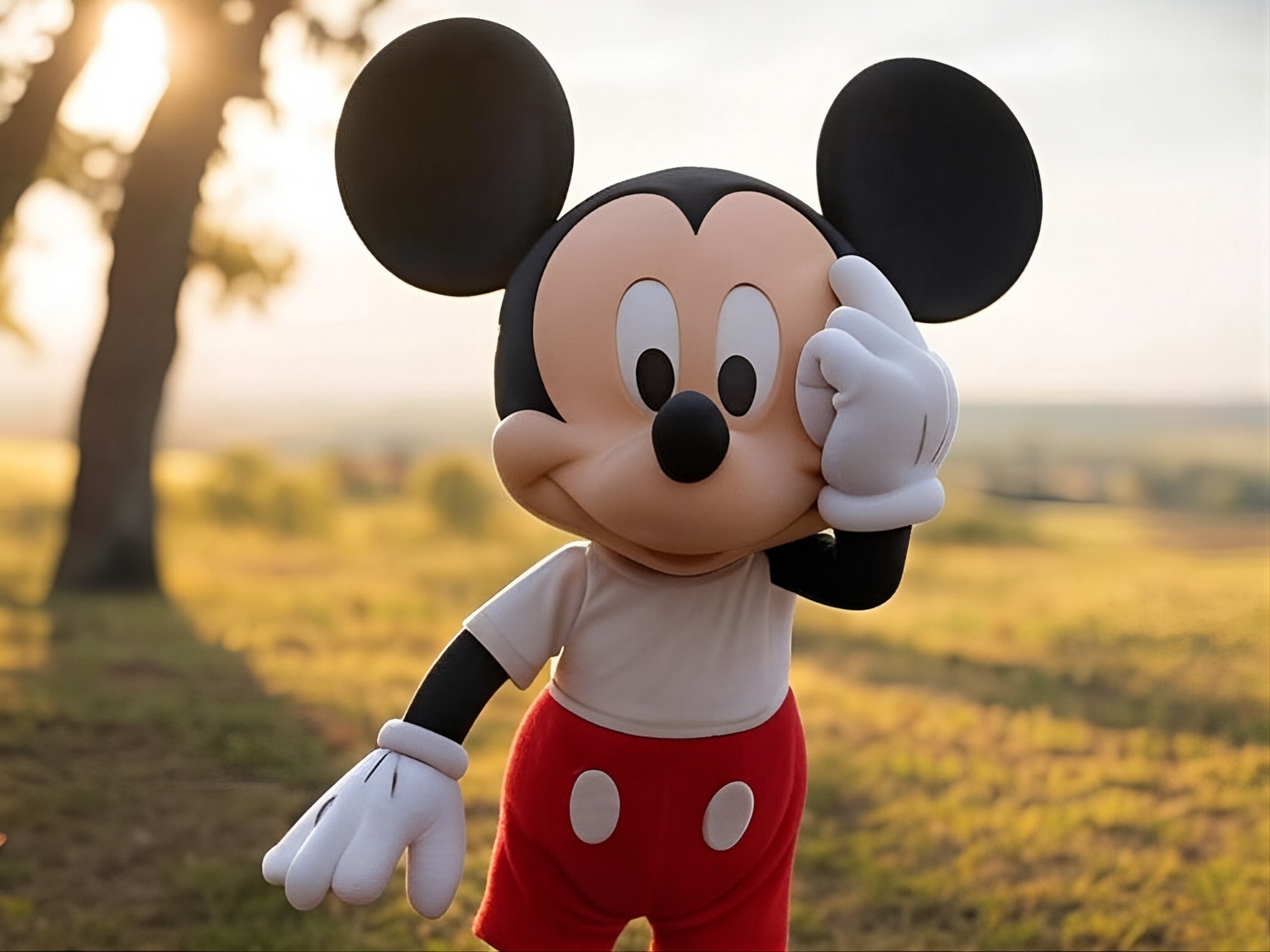

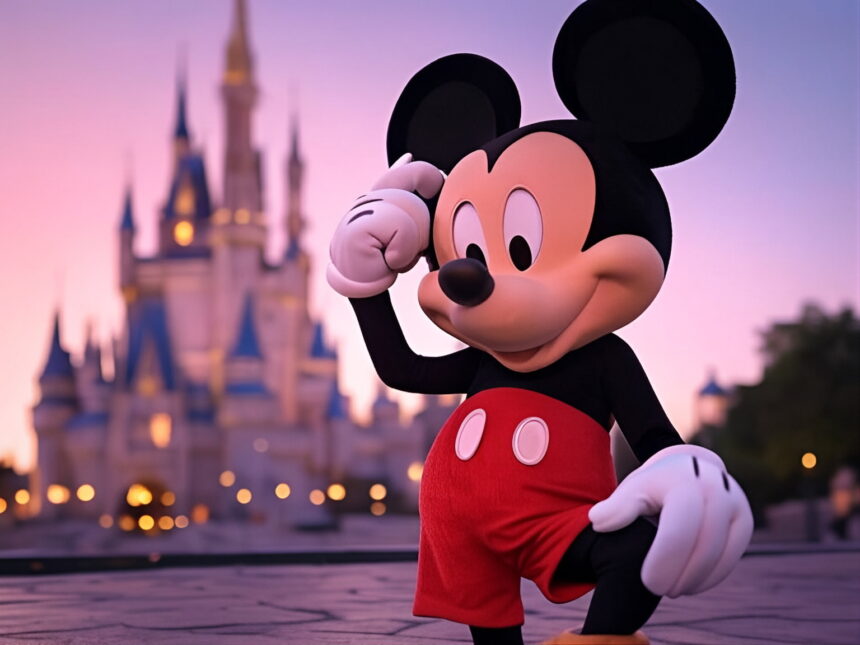

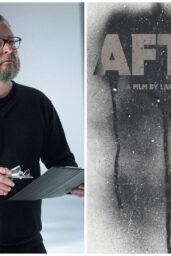
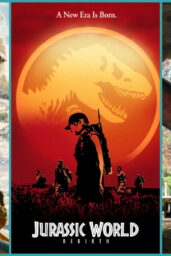
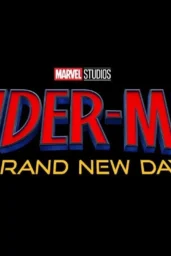
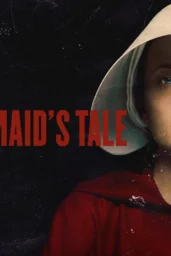
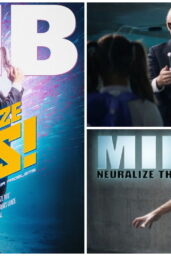

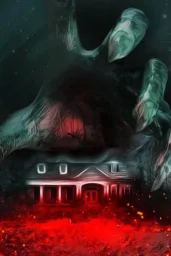

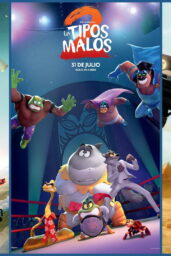

They can definitely balance both. I felt like Strange World mostly bombed because it was a bad movie and not marketed at all. I hadn’t even heard of it until it was in theaters. After watching it, I saw why Disney likely didn’t bother to market it. It just wasn’t good. I am all for inclusion of gay and interracial characters but I just didn’t feel like they did it well in that movie. It felt more pandering than naturally flowing. I felt Luca sent a better message about diversity, inclusion, and the struggle of coming out and gaining acceptance than Strange World, and Luca didn’t even openly have gay characters.